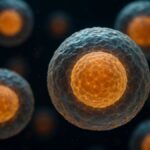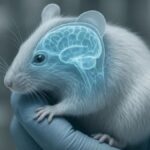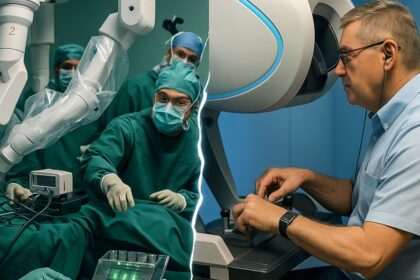The 2025 Nobel Prize in Physiology or Medicine has been awarded to Mary E. Brunkow, Fred Ramsdell, and Shimon Sakaguchi, three scientists who discovered how the immune system knows not to attack its own body. Their research answered one of biology’s biggest mysteries: how our body’s defense system can fight off deadly infections without turning against itself.
The Nobel Committee in Stockholm announced the prize, praising the trio “for their fundamental discoveries relating to peripheral immune tolerance.” This process allows the immune system to recognize millions of threats such as bacteria and viruses while sparing healthy cells. The committee called their work “decisive for our understanding of how the immune system functions and why we do not all develop serious autoimmune diseases.”
Shimon Sakaguchi, a Japanese immunologist at Osaka University, first made the crucial discovery in 1995. While studying mice, he found a special type of immune cell that prevented the body from attacking itself.
He named them regulatory T cells, or Tregs. Sakaguchi explained that these cells act like the immune system’s peacekeepers, ensuring that defense cells don’t mistake healthy tissue for a threat. “Without them,” he said, “our immune system would be in chaos.”
Years later, American scientists Mary E. Brunkow and Fred Ramsdell picked up where Sakaguchi left off. They were investigating why certain mice developed severe autoimmune diseases.
Our immune system is an evolutionary masterpiece. Every day it protects us from the thousands of different viruses, bacteria and other microbes that attempt to invade our bodies. Without a functioning immune system, we would not survive.
One of the immune system’s marvels is its… pic.twitter.com/TzBWuIrTgn
— The Nobel Prize (@NobelPrize) October 6, 2025At that time, genetic mapping was slow and complex, “like looking for a needle in a haystack,” Ramsdell recalled. After years of research, they discovered the answer: a single gene called FOXP3 was responsible for giving Tregs their power. When the gene stopped working properly, the immune system turned against the body.
Their experiments also showed that humans with mutations in FOXP3 suffer from a rare but deadly disorder known as IPEX syndrome, where the immune system attacks vital organs. It was a moment that linked genetics to immune control. Brunkow later said, “That discovery opened the door to understanding why the body sometimes loses control — and how we can bring it back.”
In 2003, Sakaguchi connected his original discovery of regulatory T cells with the FOXP3 gene identified by Brunkow and Ramsdell. He proved that FOXP3 acts as the “master switch” for these regulatory cells, controlling when they turn on and off. If this switch malfunctions, the immune system loses its balance, leading to diseases like lupus, multiple sclerosis, type 1 diabetes, or rheumatoid arthritis.
Scientists now understand that the immune system’s strength depends on this balance being too weak, allowing infections to spread, and too strong causing the body to attack itself. The discovery of regulatory T cells and FOXP3 revealed how the immune system walks this tightrope every second of our lives.
Olle Kämpe, chair of the Nobel Committee, said during the announcement, “Their discoveries have transformed our understanding of the immune system and made it possible to develop treatments that were once thought impossible.”
The Nobel-winning research has already started to change medicine. Doctors are now exploring new treatments that either strengthen or weaken regulatory T cells, depending on the disease. For autoimmune disorders, scientists are trying to boost Treg activity to calm the immune system. In contrast, cancer researchers are testing ways to suppress Tregs, allowing the body’s natural defenses to attack tumors more effectively.
These discoveries could also reduce complications in stem-cell and organ transplants, where the immune system often rejects foreign tissue. “T regulatory cells play an absolutely vital role in preventing or reducing damage,” said Dr. Daniel Kastner of the U.S. National Institutes of Health.
Annette Dolphin, president of the UK Physiological Society, called their work “a striking example of how basic science can have far-reaching effects on human health.” She added, “This discovery offers new hope for treating autoimmune diseases, improving transplant outcomes, and designing future cancer therapies.”
The Nobel Assembly described the immune system as “an evolutionary masterpiece,” able to protect us from billions of microbes every day. Yet without regulatory T cells, that masterpiece could easily destroy itself.












I think my daughter have this because her age 18. BP AND DIABETIC PCOD OBESITY. WT GAIN IN CHILDHOOD. 104 KG. RH -. BUT DIDN’T FIND WHAT IS THE PROBLEM. ANA PROFILE NEGATIVE. BUT TO FIND OUT WHICH SYNDROME. BECAUSE MY FATHER AND MOTHER RELATIVE.